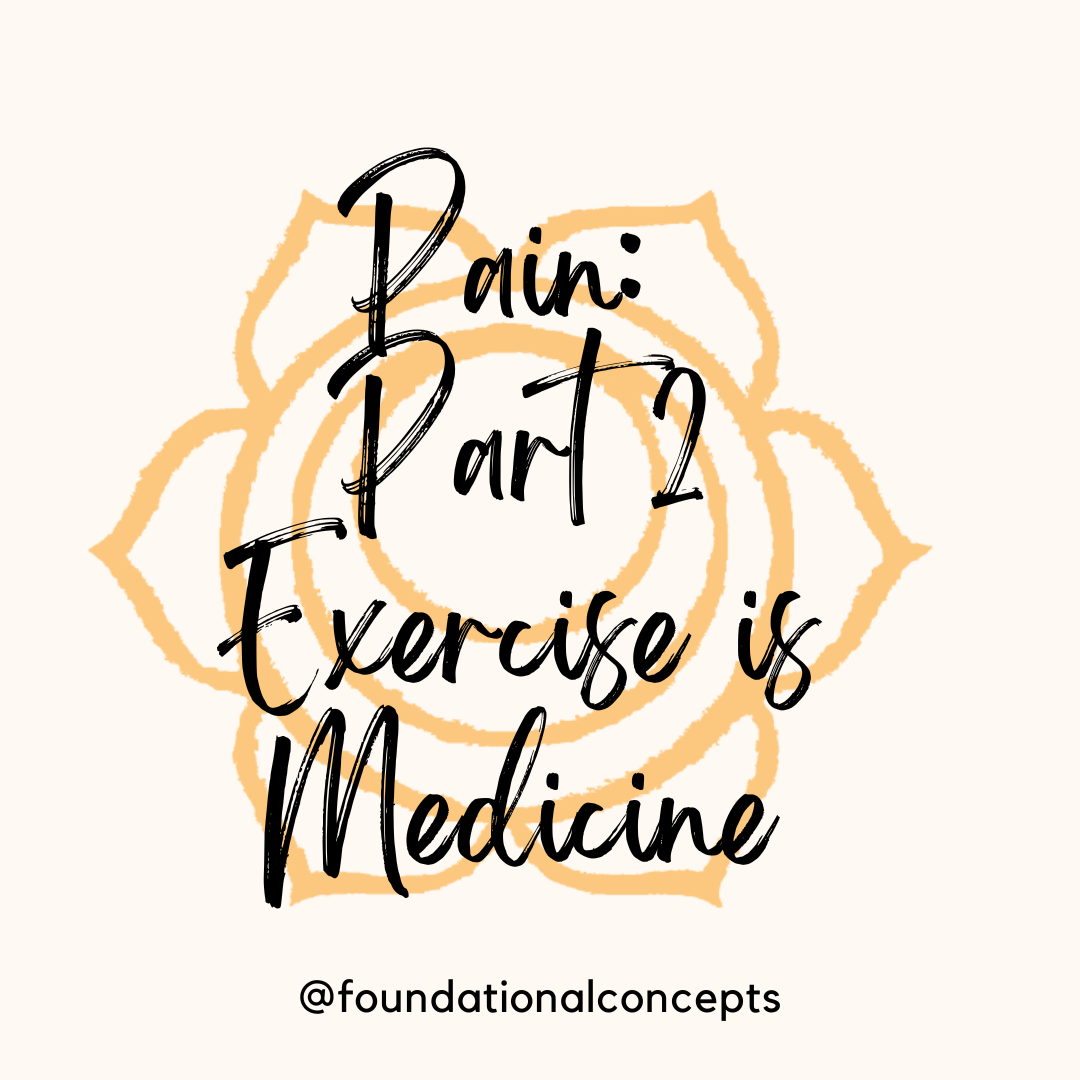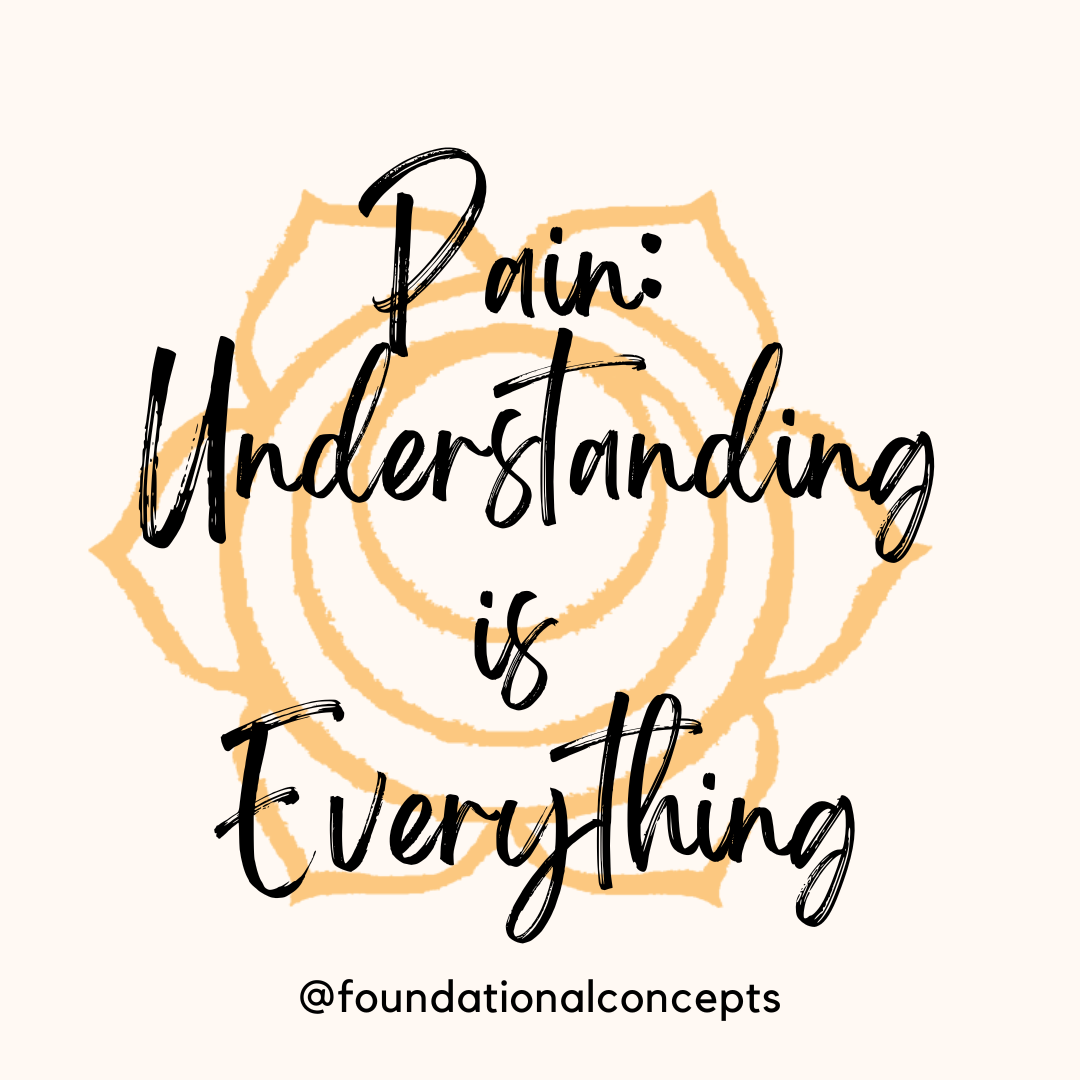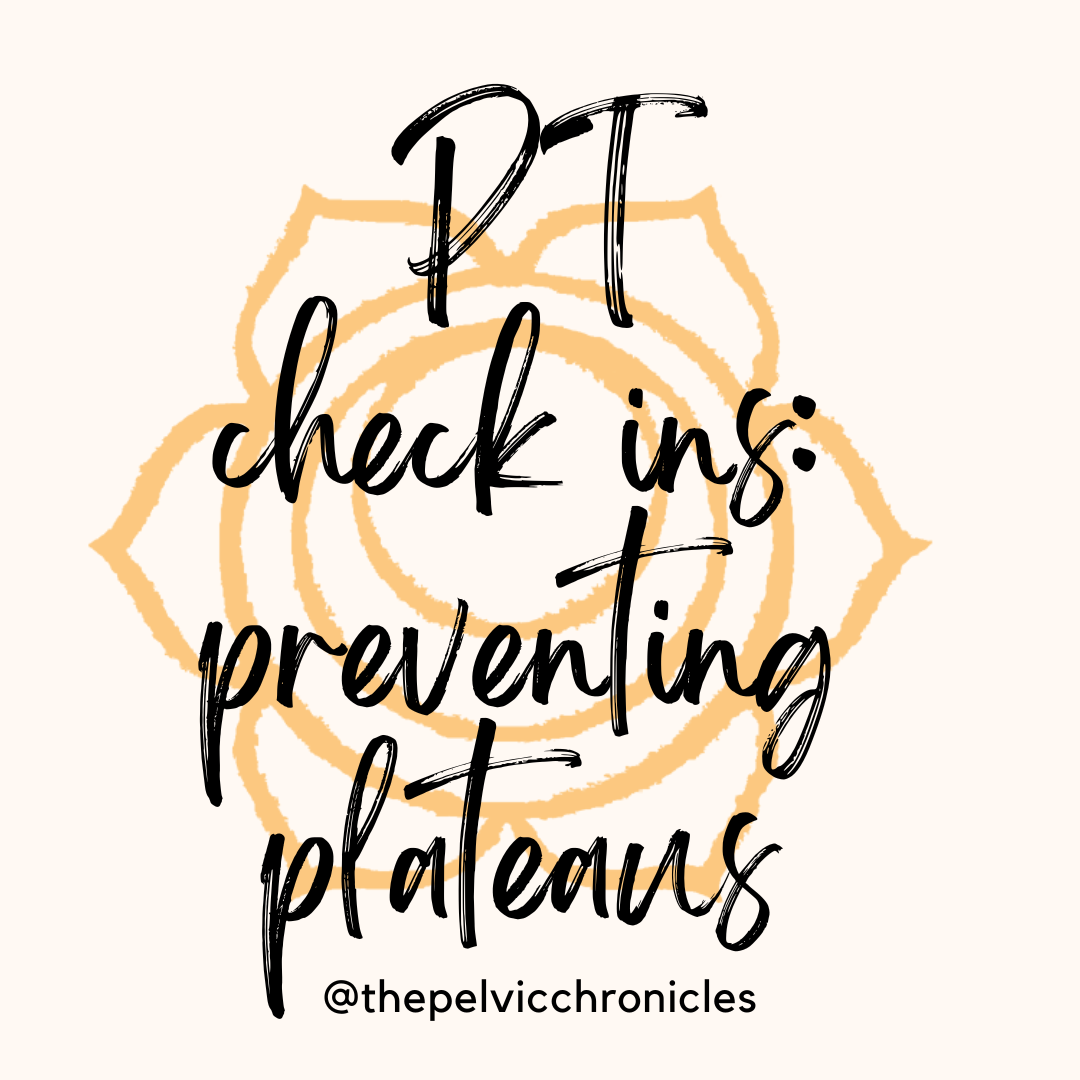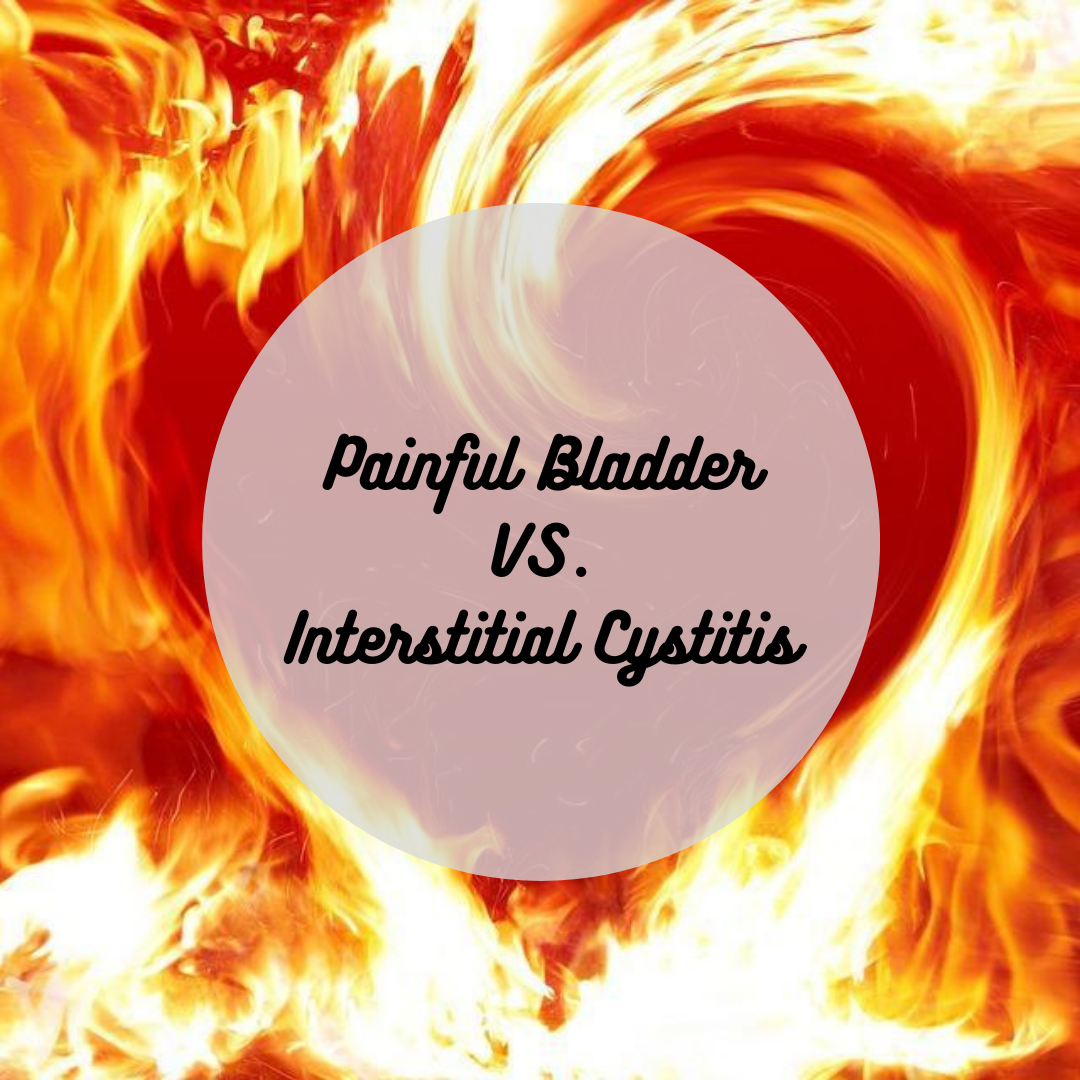Pain: Part 3 Lifestyle
Overactivity of the sympathetic nervous system can continue the vicious cycle of pain. Our body feels threatened and our brain continues in the fight or flight protection. This can cause long-term health concerns beyond the pain that you are experiencing. …










